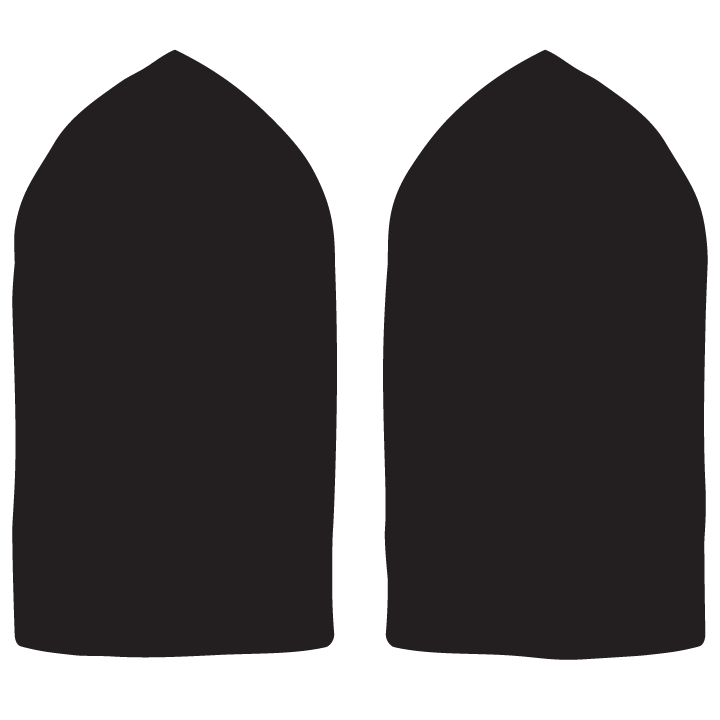Christians have had a decidedly love/hate relationship with alcohol. The infamous “drink” has been regarded by Christians at various times with awe, horror, religious devotion, fear, obsession, prohibition, addiction, and temperance. It has been one of the most divisive issues within modern American evangelicalism, creating rifts within churches, within families, within Christian institutions. As Mark Noll has noted,
Some evangelicals have made opinions on liquor more important for fellowship and cooperation than attitudes toward the person of Christ or the nature of salvation. This is particularly unfortunate since the Bible speaks clearly about Christ and salvation, but not about the question of total abstinence.
How did alcohol become the subject of such an emotionally charged cultural debate? Have Christians always been so divided about it? (Short answer: no.) Is it significant that followers of Christ were the first people to invent sophisticated wine- and beer-making techniques (in medieval monasteries), but also the people who led the charge to make alcohol illegal in America?
My new book Gray Matters has an entire chapter devoted to the fascinating history of Christians and alcohol, but for a brief overview of key points between the life of Christ and today's world, see below timeline:
- 27–28 AD: Jesus performs his first miracle: turning 120- 180 gallons of water into wine at a wedding banquet in Cana (see John 2:1-11).
- 30–31 AD: Jesus says of wine, “This cup is the new covenant in my blood, which is poured out for you” (Luke 22:20).
- Second Century: St. Clement of Alexandria publishes Pedagogia, which included the first scholarly treatment of the subject of Christians and alcohol.
- Fifth Century: St. Brigid of Ireland reportedly changes her dirty bathwater into beer so that visiting clerics would have something to drink.
- Twelfth Century: Benedictine nun Hildegard von Bingen discovers hops in beer.
- 1620: Ship carrying John Winthrop to Massachusetts Bay Colony also carries more than 10,000 gallons of wine and three times as much beer as water.
- 1670: Hard cider a staple at ministerial ordinations in apple-rich New England
- 1673: Increase Mather publishes Wo to Drunkards, in which he says, “Drink is in itself a good creature of God, and to be received with thankfulness, but the abuse of drink is from Satan, the wine is from God, but the Drunkard is from the Devil.”
- 1736: The ill effects of gin in England lead Anglican clergyman Thomas Wilson to publish Distilled Spirituous Liquors the Bane of the Nation.
- 1759: Arthur Guinness opens his brewery in Dublin; eventually uses money from its success to fund Christian charities, hospitals, and Sunday School programs.
- 1770s–80s: Spanish Catholics plant first vineyards in California at missions up and down the coast.
- 1805: America’s first temperance sermon, “The Fatal Effects of Ardent Spirits” is delivered by Rev. Ebenezer Porter in Washington, CT.
- 1826: Revivalist pastor Lyman Beecher publishes Six Sermons on the Nature, Occasion, Signs, Evils, and Remedy of Intemperance, condemning liquor for “the moral ruin it works in the soul.”
- 1840: The Washingtonian Movement, one of America’s first anti-alcohol organizations, is formed.
- 1869: Methodist pastor Thomas Welch invents a method of pasteurizing grape juice so that it isn’t fermented. He persuades local churches to adopt this non-alcoholic “wine” for communion services, calling it “Dr. Welch’s Unfermented Wine.”
- 1873–74: “Mother” Eliza Thompson—a devout Methodist—leads “crusade” of women protesting American drinking establishments.
- 1874: The Woman’s Christian Temperance Union (WCTU) is formed.
- 1893: Ohio pastor Howard Hyde Russell establishes Anti-Saloon League, a nationwide pressure group aimed at ridding the country of alcohol.
- 1899: Carrie Nation attacks saloons with hatchets and sledgehammers and becomes an icon of female-led temperance movement.
- January 17, 1920: Eighteenth Amendment goes into effect in America; Billy Sunday holds symbolic funeral service for “John Barleycorn.”
- 1933: Twenty-first Amendment ends Prohibition.
- 1933–1949: “The Inklings” convenes Christian luminaries like C. S. Lewis, J. R. R. Tolkien and Charles Williams at the Eagle and Child pub in Oxford for beer-aided literary discussions.
- 1935: Christians “Bill W.” and “Dr. Bob” found Alcoholics Anonymous.
- 1980: Televangelist Jack Van Impe publishes Alcohol: The Beloved Enemy.
- 2000s: First “bar churches” begin popping up.
- 2003: Wheaton College changes rules to allow faculty, staff and graduate students to drink alcohol in private, when not around undergrads.
- 2009: Bestselling author Stephen Mansfield publishes, The Search for God and Guinness: A Biography of the Beer that Changed the World.
- August 9, 2011: In blog post, evangelical pastor/author John MacArthur chastises the “Young, Restless, Reformed” community for their reckless approach to alcohol.
The above is an excerpt from Gray Matters: Navigating the Space Between Legalism & Liberty (Baker, 2013).

